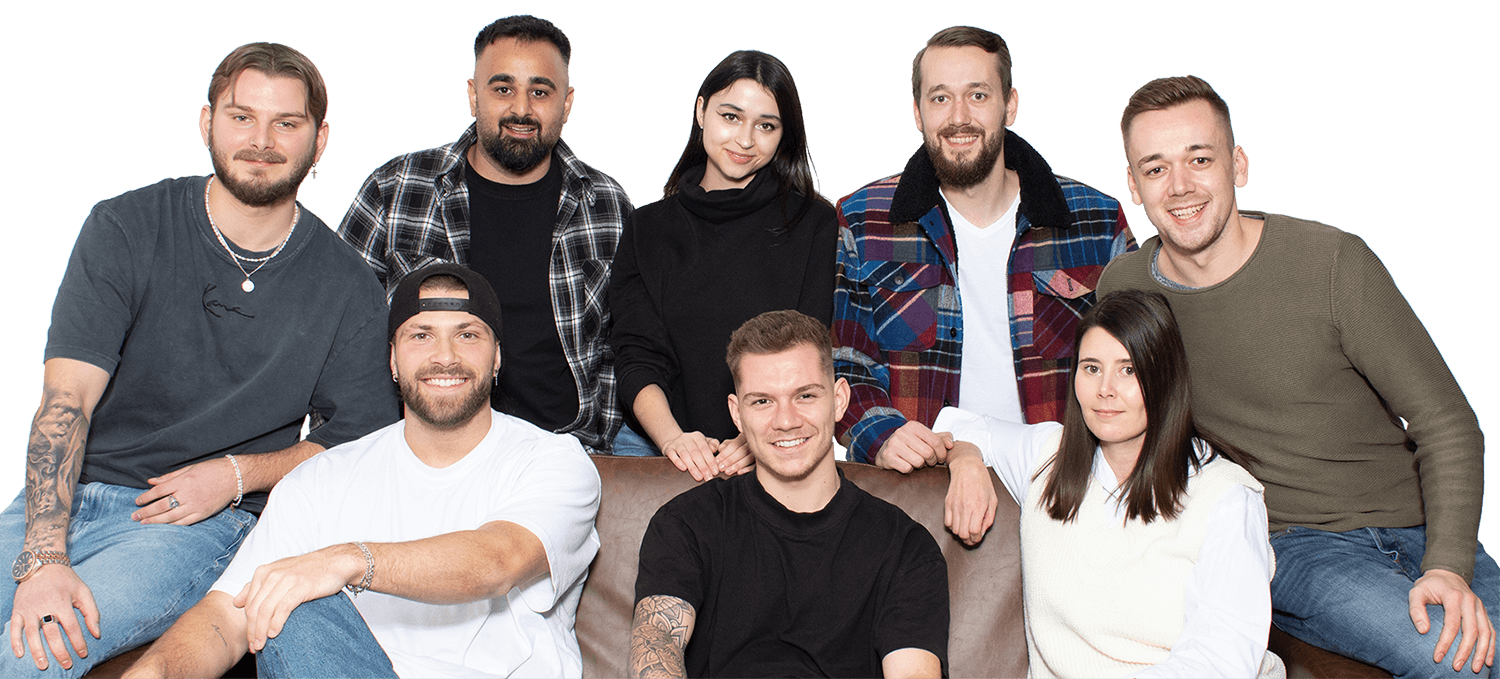incl. VAT plus shipping costs
Currently not available
Delivery only innh. Germany and Austria possible.
Switch to the German store
- Item no: 29103
Fast delivery times
All products are in stock with us!14 years of breeding experience
Let our team of experts advise you!High customer satisfaction
from over 3,000 reviews "| Water values: | soft to medium hard |
| Visual effect: | Forms territories (when spawning) |
| with crabs?: | No |
| Temperature: | 22-28 °C |
| Feature: | interesting brood care |
| Behavior: | Quiet |
| with fish?: | Yes, with peaceful fish |
| Fish group: | Labyrinth fish |
| Aquarium size: | 250/300 l (approx. 120cm) |
| Final size: | > 12cm |
| Origin: | Asia |
| Breeding: | medium |
| Difficulty: | 2 - Normal |
| with shrimps?: | with dwarf shrimp, offspring may be eaten |
| Planting possible?: | Yes |
| with snails/shells?: | Yes |
| with large crabs?: | No |
| with dwarf crabs?: | No |
| Pelvic region: | Center |
| Age Expectancy: | 5-10 years |
Golden Mosaic Gourami are great eye-catchers, which you can enjoy for a long time. The scientifically also called Trichogaster leeri labyrinth fish originate from Southeast Asia and are a great color variation of the wild form. On their silver ground color they shimmer from the head to the upper back in a wonderful golden tone, which is lined by an irregular black side line. Isolated bright spots give them their namesake mosaic pattern.
Here you can get German offspring.
Their strikingly elongated pointed filamentous pelvic fins give them their name. You can distinguish the sexes mainly by their dorsal fin, which is more pointed in the male and more rounded in the female. Keep them best in a school of 5-10 animals and offer them an aquarium from 130 cm edge length. In places you can plant it densely, you should also offer floating plants, because they use these among other things for foam nesting. Pay attention to a good water hygiene, also humic substances should not be neglected. Because they come to the water surface to breathe, this should always be freely accessible.
You can breed the peaceful animals relatively easy. The males build a foam nest at the water surface into which they spit the eggs of the female. Meanwhile the males are quite territorial and defend the nest as well as the fry. It makes sense to move the female during this time. You can raise the young later with Artemia nauplii, also microworms are good.
The peaceful Mosaic Gourami can be socialized well with other non-hectic fish, but you should avoid fin-nibbling comrades and other labyrinth fish. They also do well with Amano shr imp or dwarf shrimp, but crayfish may pinch and injure their long fins.
As omnivores, gourami will munch on both duckweed and algae, but will do just as well on floating flake or dry food. Every now and then you can also offer them live and frozen food.
Our food recommendation: With the NatureHolic BettaFeed a special food for fighting fish was tailor-made, whose soft granules remind of the consistency of insect larvae in nature. The soft beads protect the sensitive fish mouth from micro-cracks caused by too hard food grains. The specially developed NH Immun+ complex as well as the NH Color+ high-performance additive support the immune system and the magnificent color formation of the fish.
Our plant recommendation: Use for planting NatureHolic InVitros. These are free from snails, planaria and other unwanted co-inhabitants. Also free of algae spores, bacteria and fungi.
Expert Tip: We recommend when keeping fish the NatureHolic 3 Phase Liquid. The care set offers the best all-round protection for your animals. It ensures optimal conditions for successful breeding and keeping.
| Scientific name: | Trichonogaster leeri |
| German name: | Mosaic gourami |
| Difficulty level: | for beginners |
| Origin/Distribution: | Southeast Asia |
| Coloration: | silver base color with golden back, black lateral line, spots forming mosaic patterns in places, elongated filamentous pelvic fins, males with pointed dorsal fin, females with round dorsal fin. |
| Age expectancy: | approx. 10 years |
| Water parameters: | GH 5 to 19, KH 3 to 15, pH 6 to 7.8, temperature 22 to 28 °C |
| Tank size: | from 100 cm for a small group, from 130 cm for a larger group |
| Food: | Omnivorous, needs additional frozen food or live food, special Betta food |
| Breeding: | not difficult if there is enough space |
| Behavior: | peaceful, may occasionally eat shrimp offspring |
| Group size: | a group size of 5-10 fish is recommended |
| Further information: | Ten typical aquarium fish for beginners and alternatives to them, Tips for acclimating fish to the aquarium, Feeding aquarium fish properly - cheap food and what it can do, |
- Item no: 29103
Entdecke die Garnelio Welt!
Garnelio gehört zu den größten Onlineshops für wirbellose Aquarientiere weltweit.
Viele Artikel gibt es exklusiv nur bei uns im Shop.






